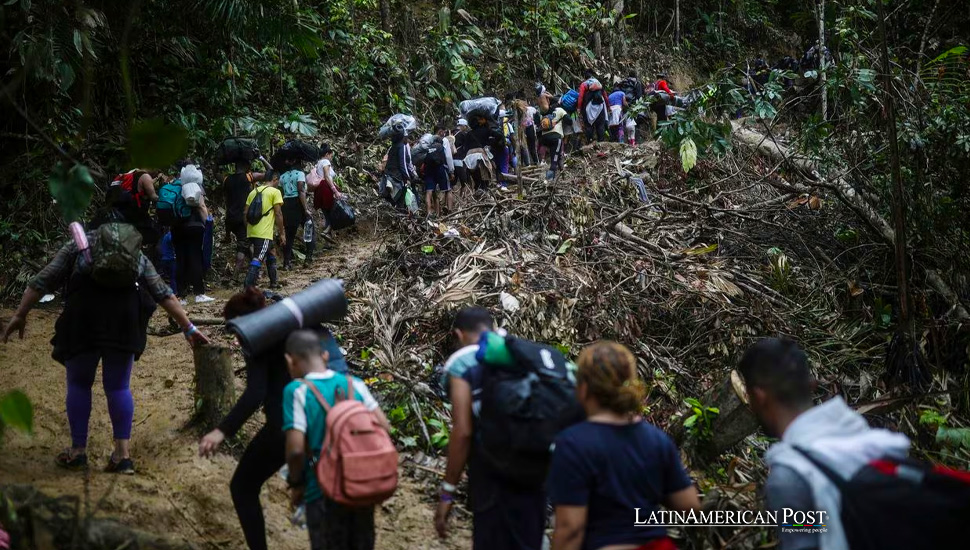Panama Bolsters Colombia Border Control Amid Unprecedented Migrant Influx

Panama, a nation historically known for its strategic canal, is now gaining attention for a different reason – an unprecedented influx of migrants traversing its border with Colombia. This surge in migration, primarily headed towards North America, has prompted the Panamanian government to reinforce its border surveillance strategies significantly.
Strengthening Border Control: A Comprehensive Initiative
The Minister of Public Security, Juan Manuel Pino, announced a series of measures to strengthen border control. Central to this initiative is acquiring eight twin-engine helicopters equipped with night flight capabilities. Under the command of the National Aeronaval Service (Senan), these helicopters will provide critical support to the National Border Service (Seafront) patrols.
These air units are primarily dedicated to border control in the Comarca Guna Yala region, a key area near the Colombian border. The goal, as stated by the Ministry of Public Security, is not only to identify and pursue organized crime groups involved in human trafficking and related crimes but also to ensure the safety of local populations and vulnerable groups, including migrants.
In addition to aerial reinforcements, Panama has also established the Border Protection Analysis Unit (UPAPF). This entity, subordinate to the National Migration Service (SNM), aims to profile security threats and conduct comprehensive intelligence analysis. This initiative reflects an integrated approach involving various Panamanian state security institutions.
Real-Time Monitoring and Collaborative Efforts
Minister Pino underscored the real-time monitoring capabilities of this new unit, highlighting its collaborative nature, including support from the United States. He emphasized that the unit’s creation is a step towards effectively detecting and responding to movements across Panama’s borders.
The Darién Gap, a dense jungle marking the border with Colombia, has been a critical point for the migrant influx, unprecedented in scale. Over the past two years, this migration flow has profoundly impacted the American continent, with 2023 witnessing a record-breaking number of over 520,000 individuals from more than 60 countries. Notably, a significant portion of these migrants are Venezuelans.
Panama’s response to this migration crisis extends beyond mere border control. The country has set up stations where migrants who have braved the perilous Darién jungle are registered biometrically. Here, they receive health care and food assistance before boarding buses, at their own expense, to Costa Rica, continuing their northbound journey.
Minister Pino stressed the ongoing challenges of irregular migration, shaped by changing political dynamics in neighboring countries. He reaffirmed Panama’s commitment to managing this phenomenon with dignity and humanity while not losing sight of the country’s primary mission – national security.
With initiatives like Operation Chocó II, Panama aims to contribute to the peace and security of the Northern Hemisphere countries, the final destination for many irregular migrants crossing the Darién. This operation, set to last over six months, focuses on mitigating the impact of irregular migration, protecting territorial integrity, preserving the environment, and controlling migration flows, as per official reports.
Also read: The Wave of Violence in Ecuador Causes Fear in Peru, which Declares an Emergency on the Border
Panama’s comprehensive approach to managing the surge in irregular migration is a testament to its commitment to security, humanitarian aid, and regional stability. The acquisition of helicopters and the formation of specialized units signify a new chapter in Panama’s border management as it navigates the complexities of this ongoing migration crisis.





